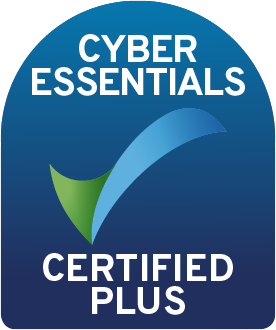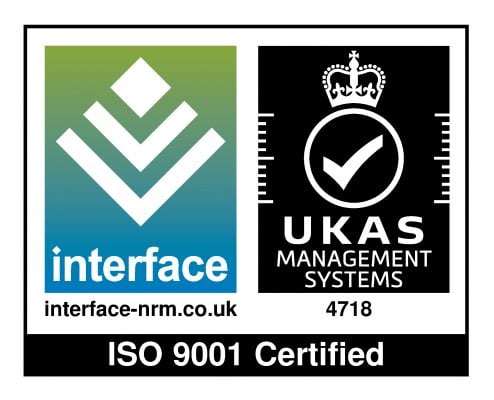What makes a company great? Focus, clear vision, innovation, and adaptability are just some of the key drivers that can help a company succeed. But without an engaged workforce performing at their best, there’s only so far a company can go. Employee engagement is critical, but with just 23% of employees engaged at work in 2023, employers need to take drastic action in 2025 if they want to get the most out of their people. Keep reading to find out how to increase employee engagement.
What do we mean when we talk about employee engagement?
Employee engagement refers to the connection employees have with their work and the company they’re working for. Highly engaged employees are enthusiastic and motivated to perform at the best of their abilities to help a company achieve its goals and objectives. Engaged employees are passionate about being the best they can be, meaning they’ll seek out opportunities for growth and development.
Why is employee engagement important?
We’ll let the stats speak for themselves:
- Increased profitability – Engaged workforces result in 23% more profitability
- Higher productivity – Companies with higher levels of employee engagement see a 21% increase in productivity
- Better retention rates – The most engaged employees are 87% less likely to leave their organisation
- Improved employee wellbeing – High employee engagement is linked to 66% better employee wellbeing
How to increase employee engagement:
Provide plenty of L&D opportunities
Did you know that 80% of employees said that better access to learning and development opportunities would help them feel more engaged on the job?
When employers encourage their staff to grow and advance in their careers by providing upskilling and development opportunities, employees will feel like the organisation they work for has their best interests in mind.
An easy way to start is by creating a library of e-learning courses and educational materials that cover a myriad of skills, job roles and interests. By using an e-learning platform, employees can simply enrol themselves on their chosen course. With a wealth of knowledge at their fingertips, comprehensive L&D opportunities will fuel employee curiosity, drive, and most of all – increase engagement.
Recognise achievements (big or small)
We all want to work for a company that celebrates our achievements with us. So now is the time to incorporate recognition into your employee engagement strategy. It can be as simple as sending a company-wide message which acknowledges the achievement of an individual or a monthly round-up newsletter of employee achievements. It’s easy, right? And such a simple act can bring impressive benefits for employers. Recognising staff achievements significantly improves employee engagement; in fact, 87% of employees feel that receiving necessary recognition plays a massive part in job satisfaction.
Celebrating L&D achievements? Use intuitive features within your LMS such as certificates, badges, and leaderboards to recognise employees who have completed a course or scored highly in an assessment or gamified lesson.

Approach each employee as an individual
Without comprehensive talent management procedures in place, it’s easy for individuals to feel like they’re getting lost among their peers, resulting in low levels of engagement and motivation. To prevent this from happening, management teams must approach each employee as an individual. With their own set of strengths and weaknesses in mind, ask yourself; how can I take advantage of their strengths? And how can I help them improve on their weaknesses?
Champion employee individuality by recognising their unique skill sets and asking them how they would like to see these be put to use in the company. Would they like to take on new tasks? Or work towards progressing into a new role within the business?
Prioritise employee wellbeing
Disengaged employees have a 45% increased chance of being stressed at work. So, try focusing on wellbeing initiatives to help combat this, and enjoy increased engagement levels as a result.
Introduce wellness sessions or seminars, focusing on subjects such as prioritising mental health at work. Additionally, you can use your e-learning platform to deliver wellbeing courses or to inject some light-hearted fun into the working day with online quizzes and gamified activities.

Focus on your management staff
You might be surprised to hear that your management teams can have a huge impact on employee engagement levels. In fact, 58% of employees say that complacent leadership is the top reason they feel disengaged. When creating an employee engagement strategy, make sure you’re also focusing on your management teams as their engagement is just as important.
Why not use your e-learning platform to enrol your management staff on leadership development courses or encourage them to sign up for leadership seminars? Just ensure these activities incorporate key information such as company values, key objectives, and your company mission statement.
Feedback and one-to-ones
We don’t need to tell you how important feedback and regular check-ins are for boosting employee engagement. Providing employees with valuable insights into their performance will help them grow and produce better results. But feedback practices are also an opportunity for employees to have their say too.
Using a performance management system, employees can use one-to-one sessions, surveys, and polls to voice any concerns or leave feedback for managers and employers. Employers must then be proactive in listening to this feedback and making changes as soon as possible. For example, if an employee has mentioned the lack of opportunity for peer-to-peer engagement, try creating ‘coffee break’ mornings where employees come together and engage with one another in an informal environment. By giving employees a voice and taking appropriate action based on what they’re saying, they’ll feel valued – resulting in higher engagement levels.
So now you know how to increase employee engagement, where do you start? Without the right tools, you can only go so far. To take advantage of some of the tools and features we referred to, you need to find the right platforms. We’ve got the solutions for you. Explore our solutions here or get in touch to find out more.
.png)
Support your talent management processes with this FREE guide
By following the practical 10 steps outlined in this guide, you can expect to have your best performance management year yet.
.png?width=1080&height=150&name=Slim%20blog%20CTAs%20(16).png)
.png?width=1080&height=150&name=Slim%20blog%20CTAs%20(20).png)
.png?width=1080&height=150&name=Slim%20blog%20CTAs%20(13).png)



